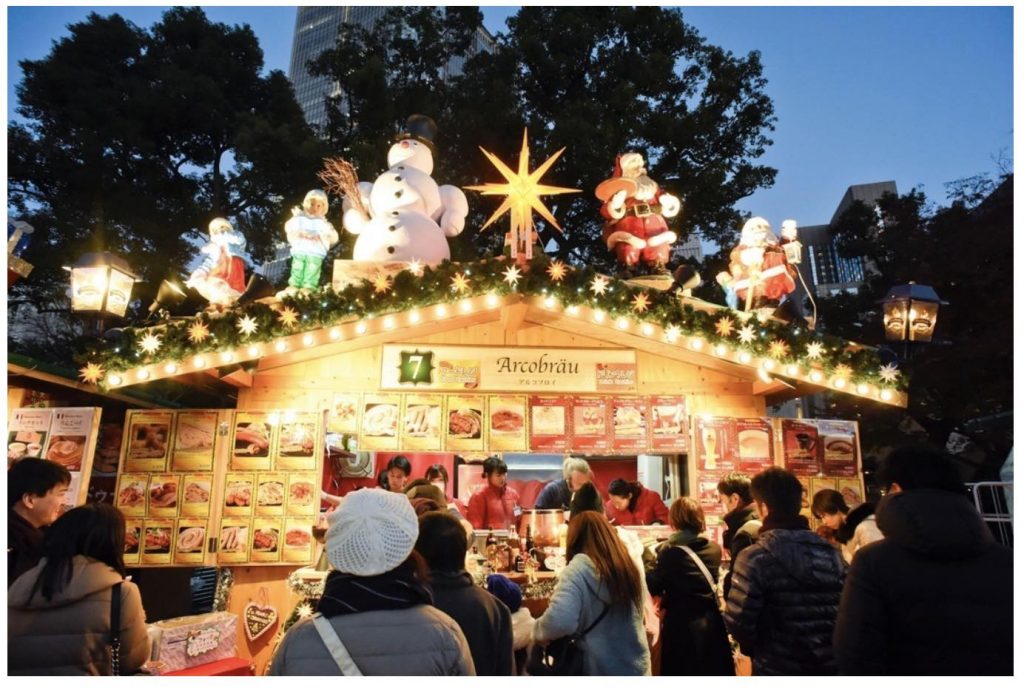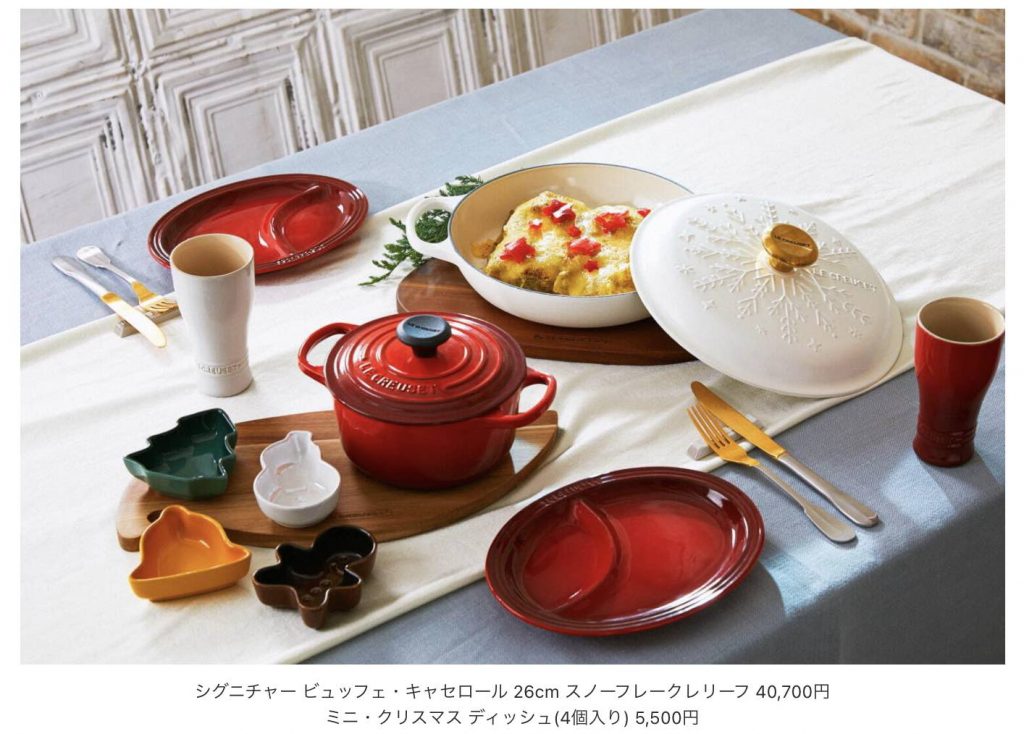How do people spend the Holiday season in Japan? (+ Tips)
Is the Holiday season in Japan like in the West? Is it just about a time for sipping eggnog and mulled wine?
Confused about where to start with your holiday marketing strategy for the Japanese market? In this post, we explain the Japanese culture around the Holiday season and the best marketing practices.
Do Japanese celebrate Christmas?
The answer is yes, but not in the same way as in the West. Japanese people don’t know how to celebrate Christmas as our culture is based on Buddhism and Shintoism. Originally, Japanese businesses imported Christmas as a marketing gimmick. Retailers across the country introduced the idea and told people how to celebrate Christmas hoping to drive sales. One of the famous companies succeeding in this race was Kentucky Fried Chicken. KFC is now the nation’s most popular destination for Christmas meals and many Japanese people now eat Fried Chicken to celebrate Christmas – bizarre as this may sound. As a result, KFC earns enough from Christmas sales to survive for a whole year. In recent years, the Christmas markets have been added to the calendar and Lindt has been expanding their chocolate empire providing hot chocolate and chocolate teddies at these markets – Lindt Japan has grown from zero to 64 shops in 10 years and sales reported to be above ¥100 billion. In other words, there are plenty of opportunities for Western brands to introduce their products to Japanese consumers.

Do all families give presents to each other at Christmas in Japan?
The short answer is No. In Japan, Christmas is for children and couples. Usually, children get a present from Father Christmas. The difference is that they don’t get extra presents from all the family on Christmas day, even from their grandparents. Also, families don’t gather at Christmas so they don’t have the culture of giving a gift to all the family members. However, anything imported from Western culture is perceived as romantic in Japan, hence couples are encouraged to spend Christmas with a romantic gesture – which means exchanging gifts.
Who can you target and leverage in the Holiday season in Japan?
The usual strategy for the holiday season doesn’t work on the Japanese market as you need to target the specific demography. In addition to children and couples, there is a movement among single people towards buying something luxurious for themselves as a treat. Again, this movement was initiated by the retailers to target single women to drive sales. The department stores throw events to showcase Christmas gifts for them as it’s often an expensive item. Also, cosmetics brands release their special Christmas beauty products targeting this market. Overall, Japanese people love to learn and join the magical world of Christmas and most of them have some kind of Christmas decoration at home and eat some Western food as an occasion. Especially style-conscious people are interested in Christmas style home decoration, food and tablescape.

DTC in Japan – 5 things you should know before investing in Direct-to-consumer
Show your gratitude to your customers
Last but least, tell your audience you’re thankful for them around this time of year. Celebrating the New Year is more important in Japanese culture. It is customary to send New Year cards to people who supported them and say thank you and wish for another year of a good relationship. Showing thankfulness on social media, email or even sending a free gift to your customers will mean a lot more during this period. Valuing your customers leads to loyalty and retention, which in turn drives revenue.
It is a great time to introduce your products in the Holiday season in Japan as the market is not over-saturated. Please let us know if you have any questions about the Holiday season in Japan.
Resources

What is the biggest Social media platform in Japan?
What is LINE? The biggest social media platform in Japan is LINE with over 95 million active users and counting. I get this question from many companies, but the platform is unfamiliar to them and often overwhelmed by the idea. If this issue resonates with you, read on. One such platform that has gained immense…

How to expand DTC business in Japan with localised marketing
Localised marketing Localised marketing is a way to build trust with customers, but it also has the added benefit of helping you gain more conversions and sales. By localising your marketing efforts, you can make sure that your marketing copy is targeted directly at Japanese customers. This means that instead of relying on a translator…

Live commerce in Japan – transforming online shopping
How social media changed consumer behaviour As Japanese consumers are shifting their way of shopping to digital, many experts predict this will remain after the pandemic. Before social media, It was unavoidable for companies and brands to sell their products through established shopping malls and invest in expensive adverts to promote their products. Nevertheless, the…

IKEA Japan – the key to attracting Japanese consumers
IKEA’s failure Did you know IKEA Japan failed to enter the Japanese market in the ‘80s? When they entered the Japanese market in 1974, IKEA partnered with Mitsui Bussan (Trading company) and Tokyu department store. They had 2 small stores but this meant fewer products with variations that suit Japanese homes and lifestyles. The lack…

Booming home decoration market in Japan
A surge in DIY home renovation and interior decoration During the pandemic, people have changed their lifestyles. Consequently, they invested their free time and money on home improvement as their home time increased. Alongside online and printed media for affluent city dwellers, YouTube tutorials and Instagram pushing the trend, there is a surge in DIY…

Popular British brands in Japan
Can you name any popular British brands in Japan? Are they the same as in the UK? As you know Japanese are well known for always seeking out the most niche and high-quality things. Japanese are fond of anything with quality and heritage. Any brand holding a Royal warrant will have an advantage as it…




